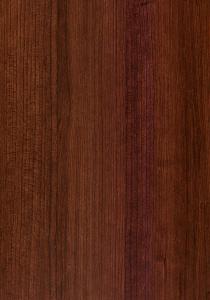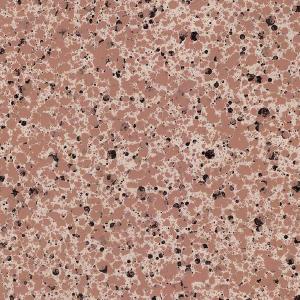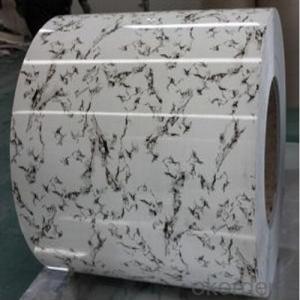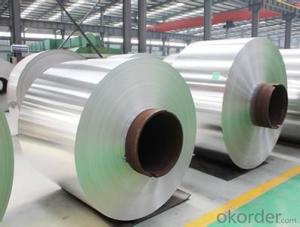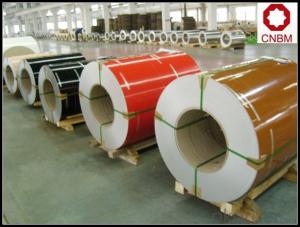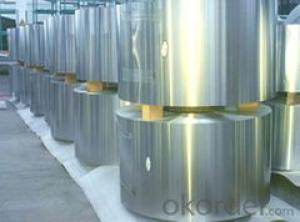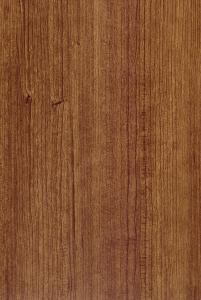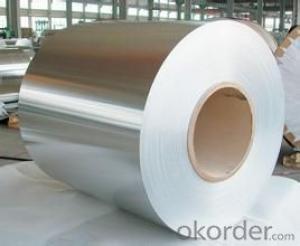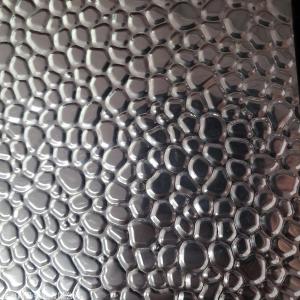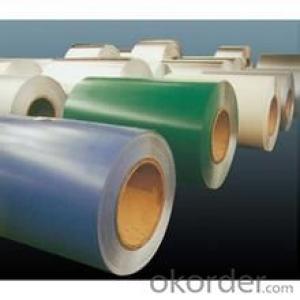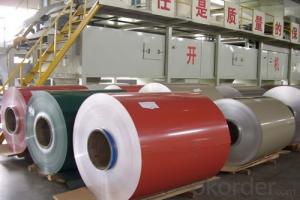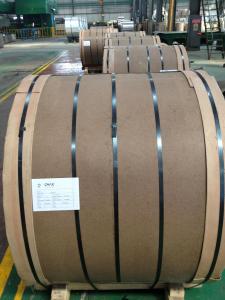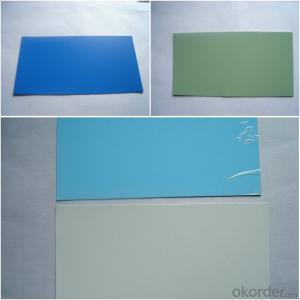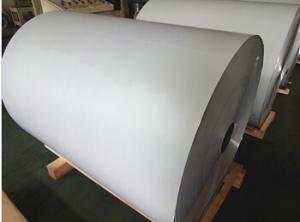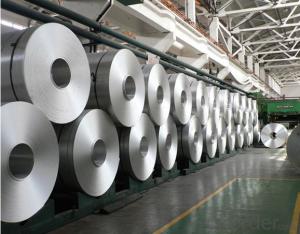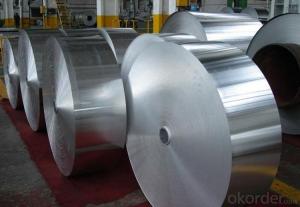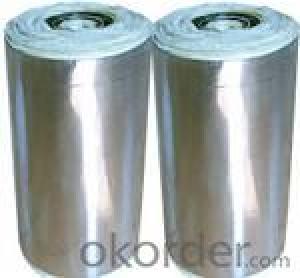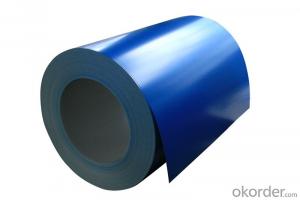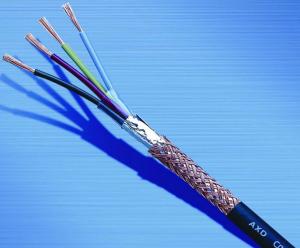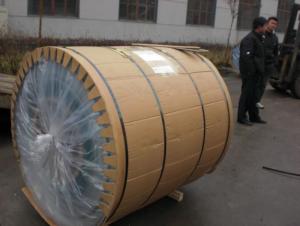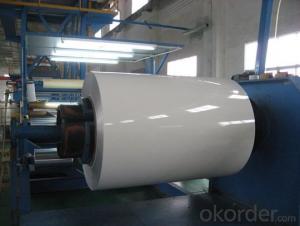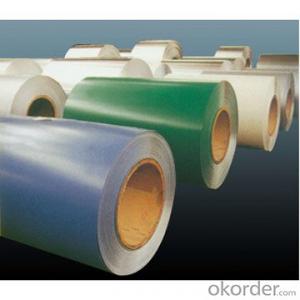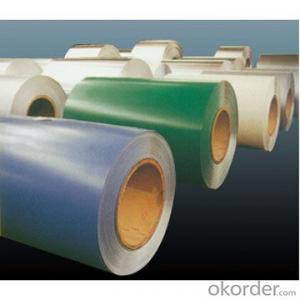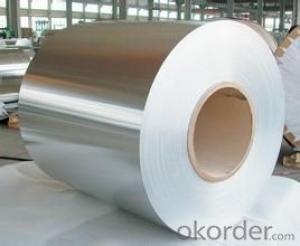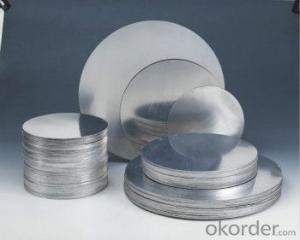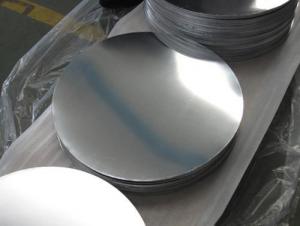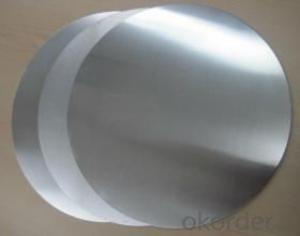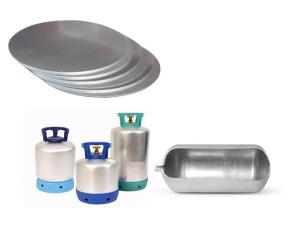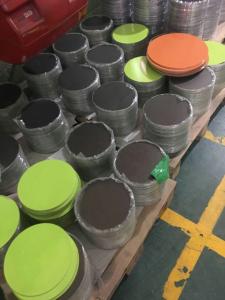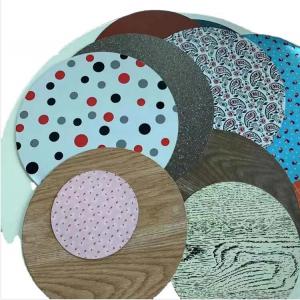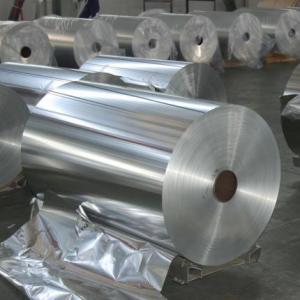Clay Aluminum Trim Coil
Clay Aluminum Trim Coil Related Searches
Poly Aluminum Trim Coil Trim Coil Aluminum Colored Aluminum Trim Coil Gray Aluminum Trim Coil Black Aluminum Trim Coil Pvc Aluminum Trim Coil Vinyl Coated Aluminum Trim Coil Wood Grain Aluminum Trim Coil White Aluminum Trim Coil Alcoa Aluminum Trim Coil Aluminum Siding Trim Coil Mastic Aluminum Trim Coil Charcoal Gray Aluminum Trim Coil Painted Aluminum Trim Coil Bending Aluminum Trim Coil Brown Aluminum Trim Coil Best Aluminum Trim Coil Pvc Coated Aluminum Trim Coil Aluminum Vinyl Siding Trim Coil Woodgrain Aluminum Trim Coil Red Aluminum Trim Coil Alside Aluminum Trim Coil Painting Aluminum Trim Coil Installing Aluminum Trim Coil Amerimax Aluminum Trim Coil Aluminum Trim Coil Roll Textured Aluminum Trim Coil Green Aluminum Trim Coil Aluminum Trim Coil White Spectra Aluminum Trim CoilClay Aluminum Trim Coil Supplier & Manufacturer from China
Clay Aluminum Trim Coil is a versatile product that is widely used in various construction and renovation projects. This product is known for its durability and resistance to corrosion, making it an ideal choice for both residential and commercial applications. It is commonly used for creating a neat and professional finish around windows, doors, and other architectural features, enhancing the overall appearance and value of the property.The Clay Aluminum Trim Coil finds its application in a multitude of usage scenarios, including but not limited to, roofing, siding, and flashing projects. Its lightweight nature and ease of installation make it a preferred choice among contractors and DIY enthusiasts alike. The product's ability to withstand harsh weather conditions and maintain its aesthetic appeal over time further solidifies its position as a go-to material in the construction industry.
Okorder.com is a reputable wholesale supplier of Clay Aluminum Trim Coil, boasting a large inventory to cater to the diverse needs of customers. With a commitment to quality and customer satisfaction, Okorder.com ensures that the products they offer are of the highest standard. Their extensive stock allows for quick turnaround times and efficient delivery, making them a reliable choice for businesses and individuals looking to source this product in bulk.
Hot Products



